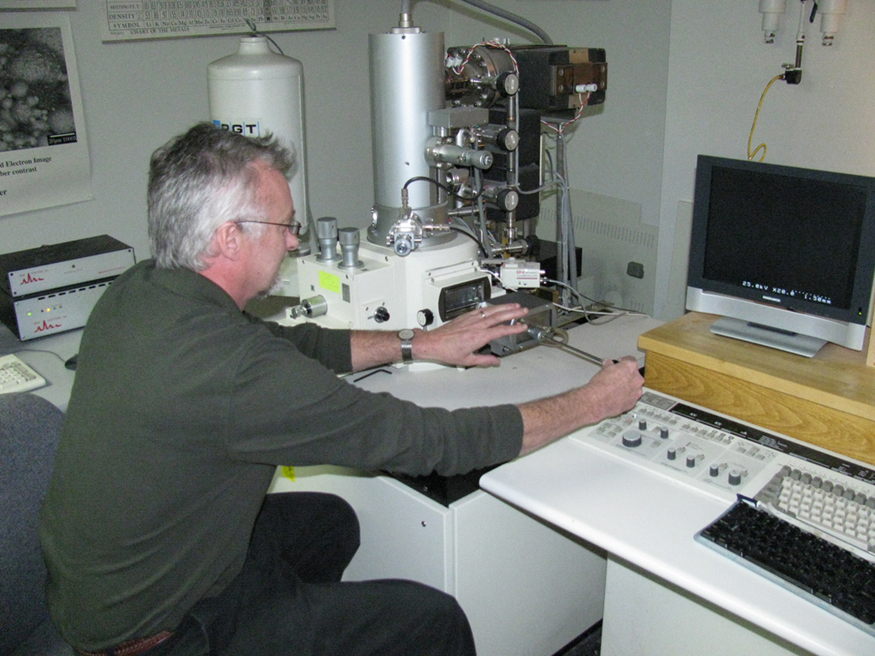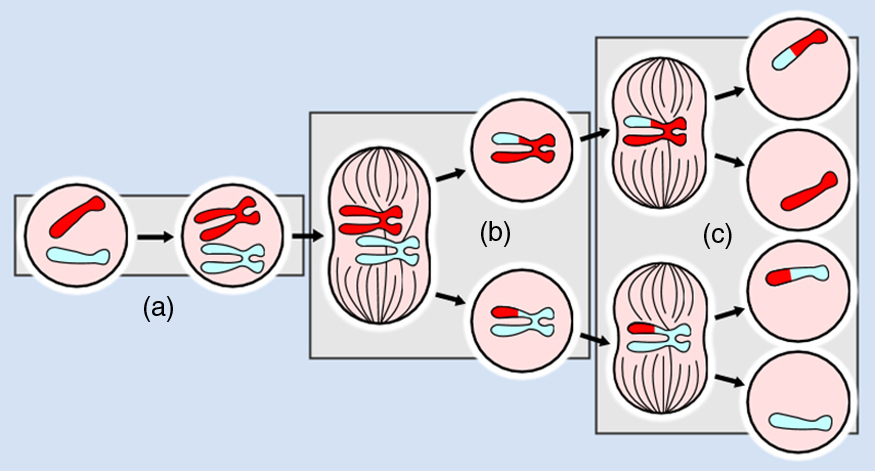| << Chapter < Page | Chapter >> Page > |


Look through a clear glass or plastic bottle and describe what you see. Now fill the bottle with water and describe what you see. Use the water bottle as a lens to produce the image of a bright object and estimate the focal length of the water bottle lens. How is the focal length a function of the depth of water in the bottle?
Geometric optics describes the interaction of light with macroscopic objects. Why, then, is it correct to use geometric optics to analyse a microscope’s image?
The image produced by the microscope in [link] cannot be projected. Could extra lenses or mirrors project it? Explain.
Why not have the objective of a microscope form a case 2 image with a large magnification? (Hint: Consider the location of that image and the difficulty that would pose for using the eyepiece as a magnifier.)
What advantages do oil immersion objectives offer?
How does the of a microscope compare with the of an optical fiber?
A microscope with an overall magnification of 800 has an objective that magnifies by 200. (a) What is the magnification of the eyepiece? (b) If there are two other objectives that can be used, having magnifications of 100 and 400, what other total magnifications are possible?
(a) 4.00
(b) 1600
(a) What magnification is produced by a 0.150 cm focal length microscope objective that is 0.155 cm from the object being viewed? (b) What is the overall magnification if an eyepiece (one that produces a magnification of 8.00) is used?
(a) Where does an object need to be placed relative to a microscope for its 0.500 cm focal length objective to produce a magnification of ? (b) Where should the 5.00 cm focal length eyepiece be placed to produce a further fourfold (4.00) magnification?
(a) 0.501 cm
(b) Eyepiece should be 204 cm behind the objective lens.
You switch from a oil immersion objective to a oil immersion objective. What are the acceptance angles for each? Compare and comment on the values. Which would you use first to locate the target area on your specimen?
An amoeba is 0.305 cm away from the 0.300 cm focal length objective lens of a microscope. (a) Where is the image formed by the objective lens? (b) What is this image’s magnification? (c) An eyepiece with a 2.00 cm focal length is placed 20.0 cm from the objective. Where is the final image? (d) What magnification is produced by the eyepiece? (e) What is the overall magnification? (See [link] .)
(a) +18.3 cm (on the eyepiece side of the objective lens)
(b) -60.0
(c) -11.3 cm (on the objective side of the eyepiece)
(d) +6.67
(e) -400
You are using a standard microscope with a objective and switch to a objective. What are the acceptance angles for each? Compare and comment on the values. Which would you use first to locate the target area on of your specimen? (See [link] .)
Unreasonable Results
Your friends show you an image through a microscope. They tell you that the microscope has an objective with a 0.500 cm focal length and an eyepiece with a 5.00 cm focal length. The resulting overall magnification is 250,000. Are these viable values for a microscope?

Notification Switch
Would you like to follow the 'College physics' conversation and receive update notifications?